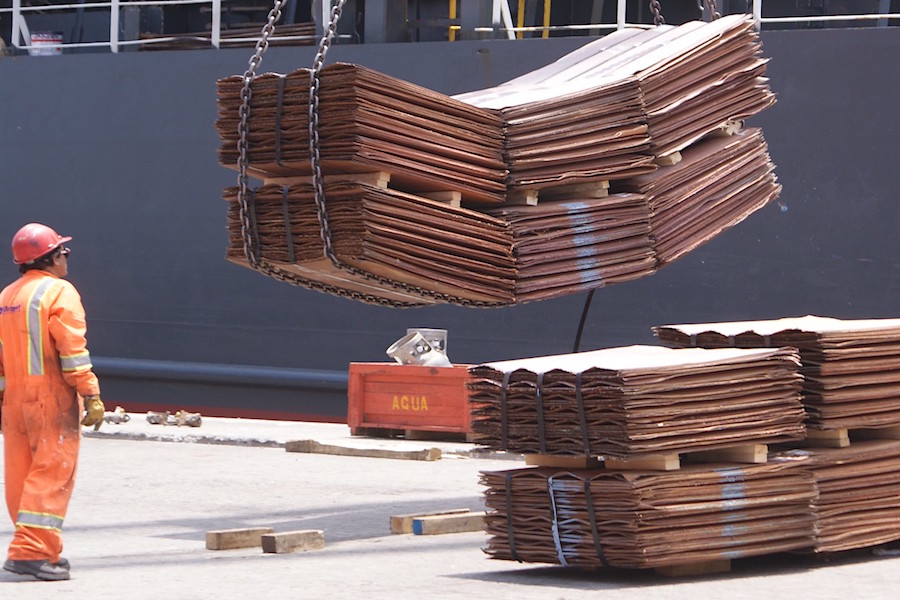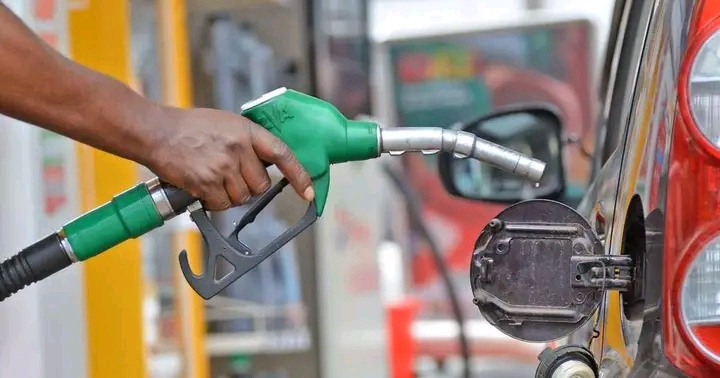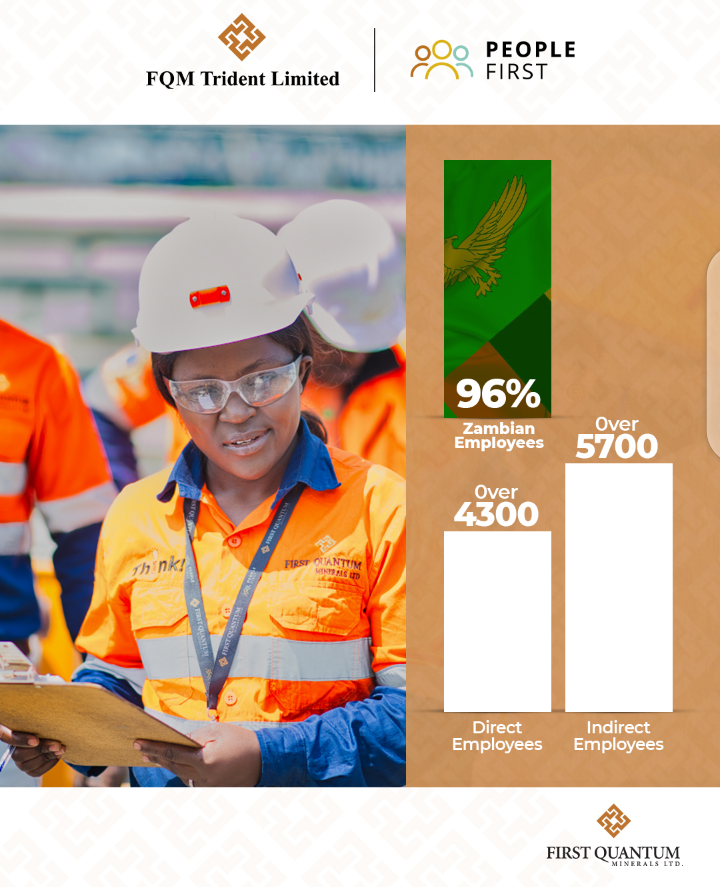(Reuters) – The world’s appetite for copper to build most electronic devices will exceed supply over the next decade and imperil climate targets unless dozens of new mines are built, executives and analysts said this week at a key industry conference.
The forecast lays bare the growing tension over where and how the world can procure metals for the green energy transition, including copper, one of the best electrical-conducting metals that is widely used in motors, batteries and wiring.
“If we don’t have enough copper, it could seriously short circuit the energy transition,” Jeremy Weir, CEO of metals trader Trafigura AG, said at the World Copper Conference, the industry’s largest gathering since 2019.
While global supply is expected to jump 26% to 38.5 million tonnes annually by 2035, it will likely fall 1.7% short of demand, even with increased recycling, according to data released this week by the International Copper Association (ICA), an industry trade group.
“There is no way for the world to meet the terms of the Paris climate agreement if we don’t have an increase in the supply of copper and other metals,” Joshua Meyer of mining equipment maker FLSmidth (FLS.CO), referring to the climate accord that aims to limit greenhouse gas emissions by keeping the global temperature rise “well below” 2.0 degrees Celsius (3.6 Fahrenheit) this century.
Regulatory approval for new copper mines has fallen to the lowest in a decade, according to Goldman Sachs (GS.N), an ominous harbinger as mines often take 10 to 20 years to permit and build. Goldman expects surging copper demand to push prices to $15,000 a tonne by 2025, 67% above current levels.
Much of the new demand is expected to come from electric vehicles, which are built with far more copper than internal combustion engines. But without enough copper, EV manufacturers could use less than expected or even turn to aluminum, analysts warned.
Aluminum is lighter and cheaper than copper but more corrosive and brittle and only about 60% as conductive. It could be an acceptable alternative in some applications, including wiring for offshore wind turbines and some EVs, the ICA said.
“Demand (for copper) is there. What I think potentially impacts it, is lack of supply,” said Rag Udd of BHP Group Ltd (BHP.AX), which operates the world’s largest copper mine in the Atacama Desert in Chile. “In the absence of supply, we will see substitution.”
Charles Johnson, CEO of the Aluminum Association trade group, told Reuters the aluminum industry now “has a tremendous opportunity to grow in this market.”
RECYCLING
Copper executives acknowledged that mining has a poor reputation due in part to past safety failures, putting the onus on companies to work harder for acceptance.
“We have an industry that has to win the trust of society,” said André Sougarret, CEO of Codelco, the world’s largest copper producer.
And while copper recycling rates are rising, industry executives said a truly “circular economy” where it is almost entirely recycled is likely not imminent. Aurubis AG (NAFG.DE) says nearly half of its copper cathodes are made with recycled material but that it will take decades to reach 100%.
“Recycling materials, even if everything could be collected, would be in no way sufficient for demand,” said Aurubis CEO Roland Harings. “We need more mining activity, because the demand for copper is just going up in the years to come.”








